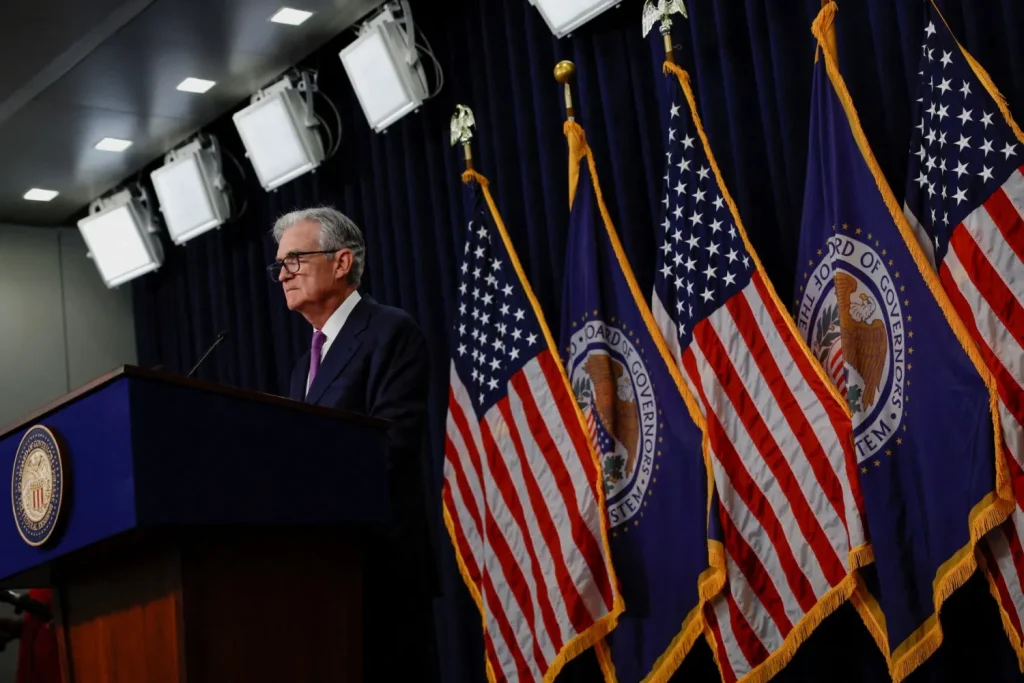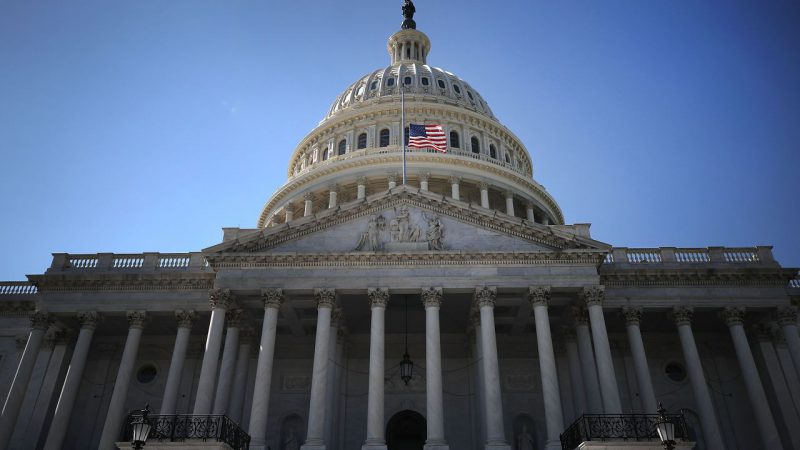After months of easing, the US Consumer Price Index (CPI) has shown that inflation rose to 2.6% in October 2024. Indeed, the figure is up from September’s 2.4% and shows a rising inflation figure for the United States for the first time in seven months.
The Federal Reserve had issued its second consecutive interest rate cut in response to the falling inflation. Although it had yet to reach the 2% target, the progress was optimistic, with the figure cooling steadily for more than two years. Now, all eyes are on how the Fed will respond and what the markets can expect for the next several months.
Also Read: US Inflation Falls to 2.4% in September 2024
US Inflation Reverses, Rises to 2.6% After 7 Months of Cooling
For the United States, the ongoing inflation fight has been among its most important battles. Since consumer inflation reached a 40-year high of 9.1% in 2022, the fragility of the country’s economy has been undeniable. Moreover, it led to the continued rise of interest rates by the Federal Reserve.
That changed this year when the Fed opted to halt the years-long tightening campaign. Moreover, the continued drop in inflation led the central bank to cut rates for the first time in four years in September. Now, all eyes are on their next move, as US inflation has once again risen, this time to 2.6% in October 2024.

Also Read: Federal Reserve Cuts Interest Rates by 25bps in October 2024
The outcome is slightly higher than what occurred in September. However, core inflation is still expected to remain steady at 3.3%. The development will inform the markets, as President-elect Donald Trump is expected to integrate inflationary economic policies.
That has led the markets to price in less than one percentage point interest rate cut by the Fed by the end of 2025, according to The Financial Times. Indeed, Octoboer’s inflation development only enhances ongoing market uncertainty. That is especially true as the incoming second term of Trump’s administration looms large.





